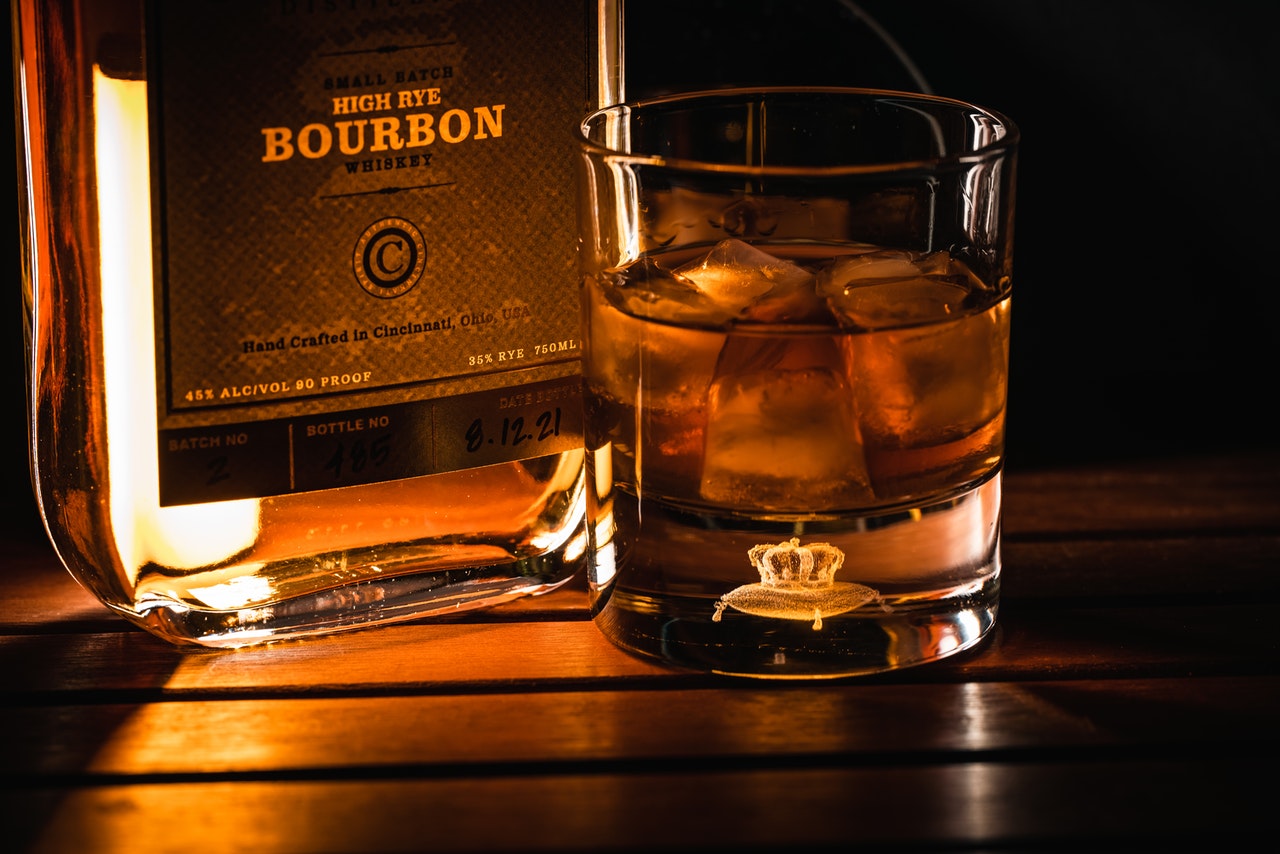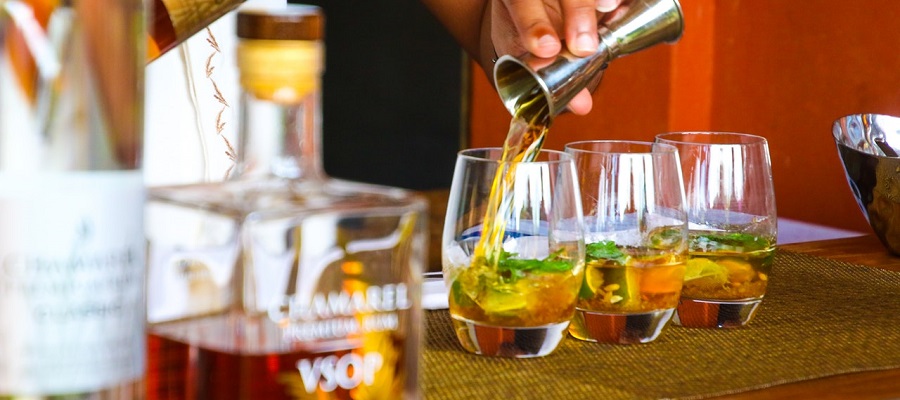Scotch whiskey and bourbon whiskey differ from each other not only in their spelling (with or without "E") or taste, but also in the production process.
Where you can buy Bourban
Visit our food Index database and search for the Bourban or Whisky of your choice. We have plenty of sellers listed.

Scotch Whisky vs. Bourbon Whiskey
The word "whiskey" comes (as "uisge beatha") from the Scottish Gaelic language or as "uisce beatha" from Irish and means water of life (uisge / uisce = water, beatha = life). The English eventually made "whiskey" out of it. In literature, this term, which initially also referred to other spicy spirits, is first mentioned in 1736. The Americans adopted the term, but spelled "whiskey" with an E in front of the Y.
Whisk(e)y can be made from barley as well as from rye, wheat or corn. If the whiskey was distilled (in Scotland) over an open peat fire, it has a smoky, peaty flavor. Just as important as the distillation is the type and nature of the wooden barrels. For example, if they are former sherry casks, the whiskey will also have notes of sherry. A significant role in whiskey (just as in rum) plays the duration of the maturation period. There are also differences in the finish, that is, in the aftertaste.
There are whiskeys that are more sweet than dry and others in which the fruit or a particular spice dominates. Some varieties (such as Irish whiskey) taste of toffee, malt, chocolate or dried fruit, others have stronger flavors tending toward oak, peat, sea salt, honey or tropical fruit (as in Scotch whiskey), and still others have a more smoky character and notes of cinnamon, almonds, dates, dried fruit, blackberries, oranges, caramel and spices (such as American bourbon).
The first documented record of aquavite in Scottish tax records dates back to 1494, when John Cor, a Benedictine monk from Lindores Monastery, allegedly purchased around 500 kg of malt on the king's orders, which was enough to produce around 400 bottles of whiskey. In the course of time, the Scottish clans also produced the 'water of life' for their own use.
Finally, in America, after the settlement of the Germans, Scots and Irish at the beginning of the 18th century, attempts were also made to produce whiskey from grain using the knowledge they had acquired in Europe. However, this did not succeed with the usual barley, as the land was not suitable for cultivation. So the farmers based in North America took the rye and wheat growing there as a substitute. Since peat was also not available there, the result was a rather bland distillate that deviated greatly from the intended taste. The missing, typical smoke flavor was tried to bring in by charring the barrels. However, this did not have much to do with today's bourbon whiskey.
In the search for an American whiskey variety of his own, one of the distillers of the time - probably the Baptist preacher Elijah Craig in 1789 - came up with the idea of trying it with corn, which thrived wonderfully in the latitudes there. The experiment was a complete success.
However, the production of comparatively good quality there was only achieved by the pure whiskey distilleries at the end of the 18th century.

Source: pexels.com
A malt whiskey is the unblended product of a single distillery with its own traditional character. The so-called 'blend', on the other hand, consists of several malt and grain whiskies, the malt or grain whiskies. The quality of each whiskey depends not least on the skill and experience of the master distiller. If he has the right touch and can use the best ingredients (pure spring water, selected grains, yeast, etc.), the result will always be a whisky of the very highest quality and purity.
Even the location of the distillery plays a role in whiskey production. For example, the Islay Malt from the largest of the Scottish islands has nuances of iodine and seaweed in addition to its peaty character. On the other hand, the American Bouron impresses with its sweet fruitiness and savory-smoky note, which is caused by the burning out of the barrels.
Last but not least, distillation is considered by experts to be the most crucial step in the process. This follows fermentation, in which yeast converts the sugar in the mash into alcohol. Heating of the alcoholic liquid usually takes place twice in Scotland.
In contrast, the American whiskey JACK DANIEL, for example, is distilled only once and is therefore particularly heavy. Tennessee whiskey, on the other hand, is made with a high proportion of corn (about 80%), which makes the whiskey particularly soft. Filtering through a 3.5-meter-thick layer of charcoal for 4 days also further contributes to making the product not only softer, but also significantly sweeter.
Of greatest importance, however, is ultimately the individual taster's sense of taste, which does not necessarily have to correspond to the opinion of the "masses". The taste buds of each individual and his or her eating habits are far too differentiated from an early age for this.
Thus, it happens that one swears by the Scotch whiskey, while the other gives preference to "his" American bourbon whiskey.


